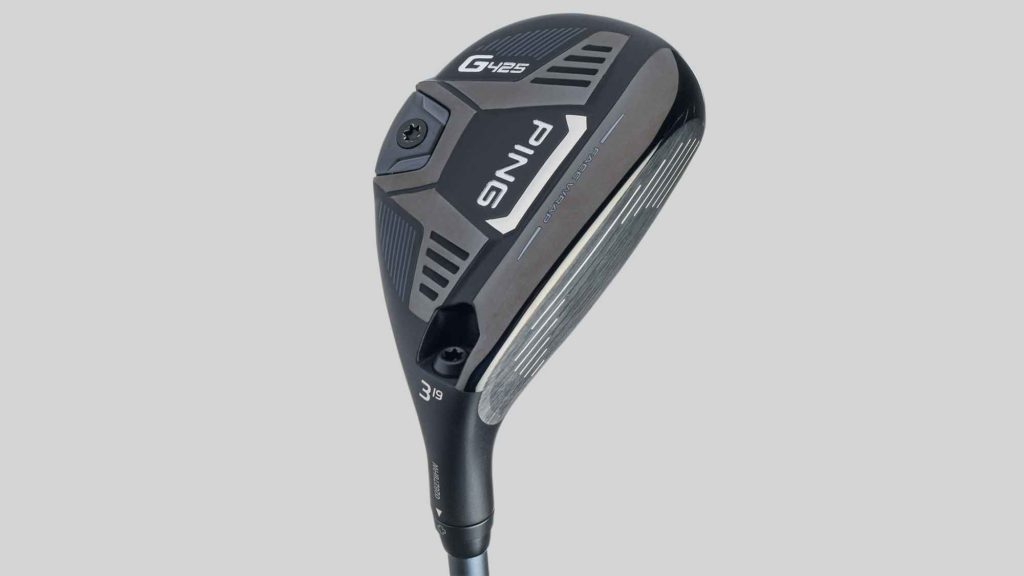Wilson
D9




It doesn’t take a supercomputer to realise that if you want the face to flex faster, you have to make it thinner. It also doesn’t take a Google server farm to come to the conclusion that if you just keep making it thinner, it’s eventually going to cave in. To achieve a face thickness at the extreme edge of speed and durability, well, you just might need to bring together the best thinking of human and machine. The variable-thickness face insert on the D9 hybrid reflects that search for an effectively different design, a shift from the uniform face thickness in past Wilson models. Somewhat counter-intuitively – unless you’re a smart engineer and your work-cube mate is a supercomputer operating Wilson’s artificial-intelligence simulations – the face actually gets thicker, not thinner, to get faster. The thicker centre section of the high-strength steel alloy insert is surrounded by regions of varying depth, and then in large sections of the heel and toe, the face is thinner than before. By about the thickness of a sheet of paper, that difference might not be immediately visible to the naked eye. But Wilson’s team and its computer say you’ll see it where it matters: down the fairway.
LOFTS 17, 19, 22, 25, 28, 31
“The heaviness felt powerful through impact and helped my consistency. One of the easier hybrids for getting the ball airborne.”
–















